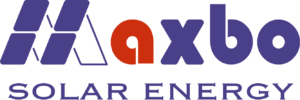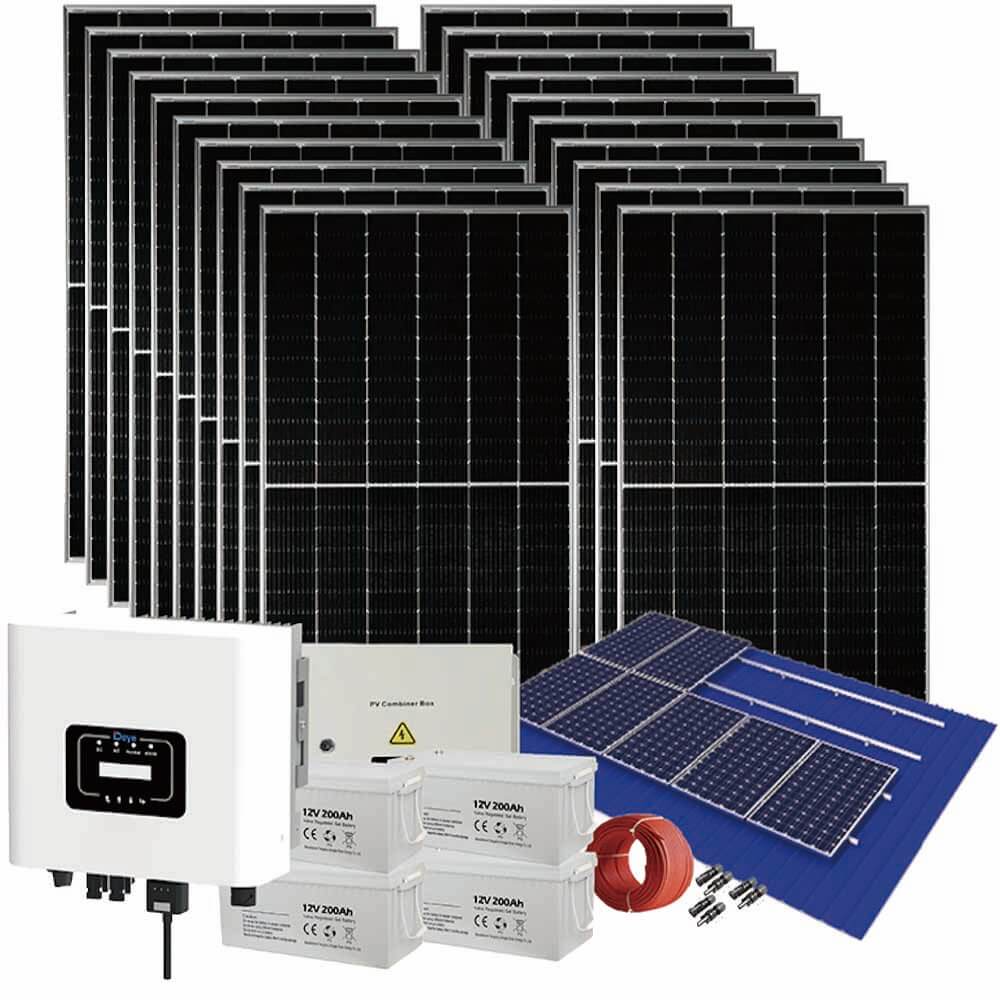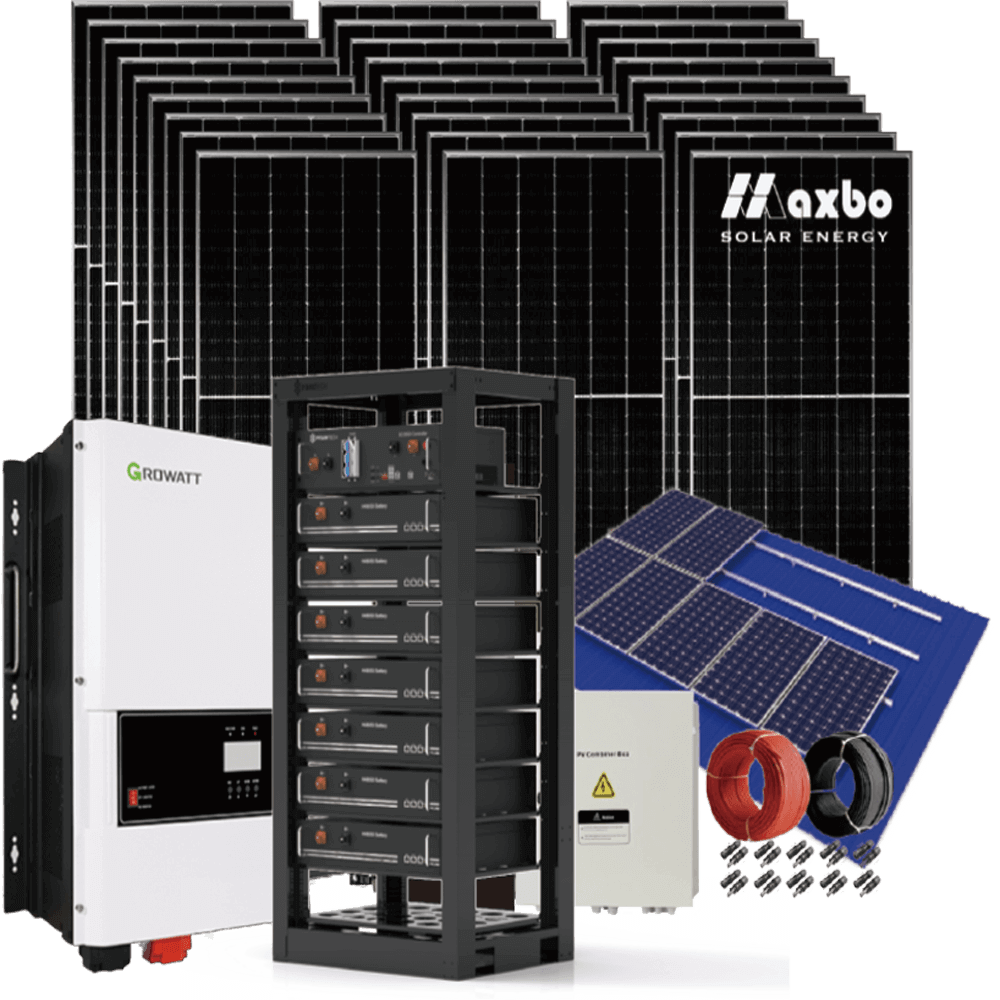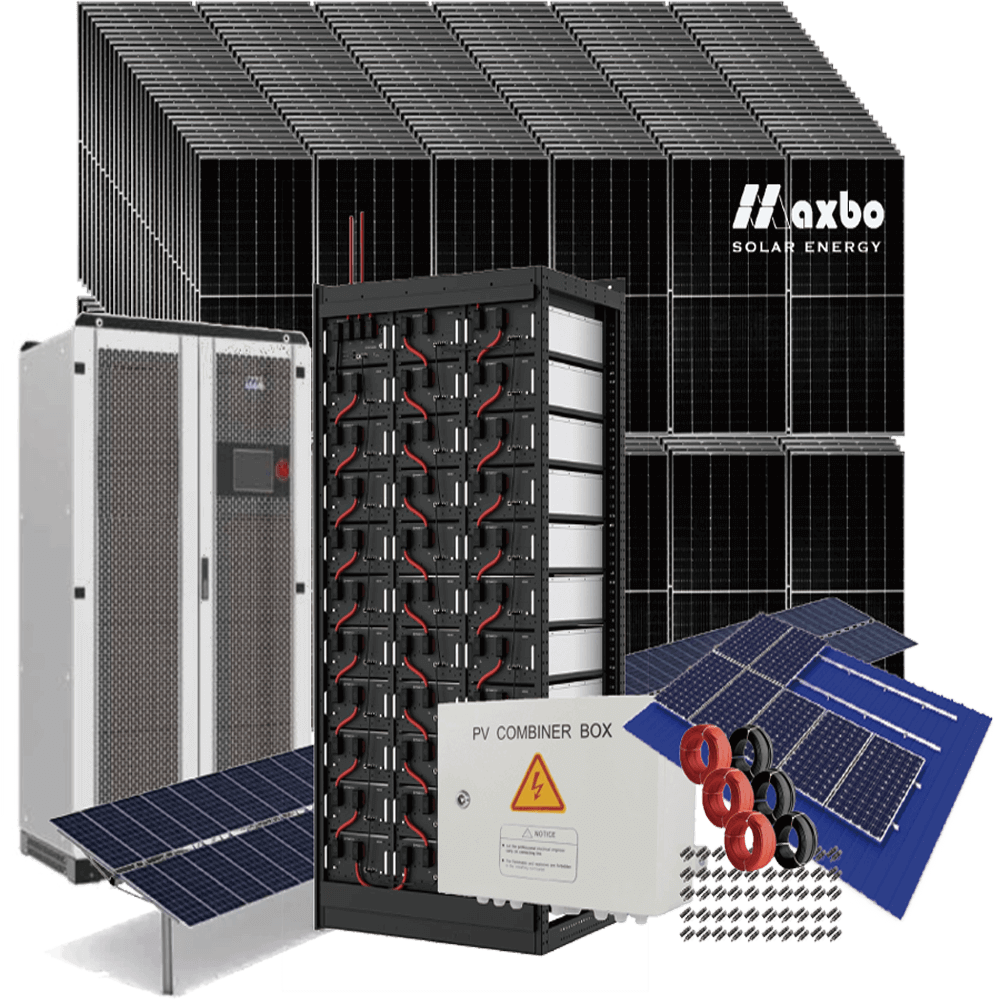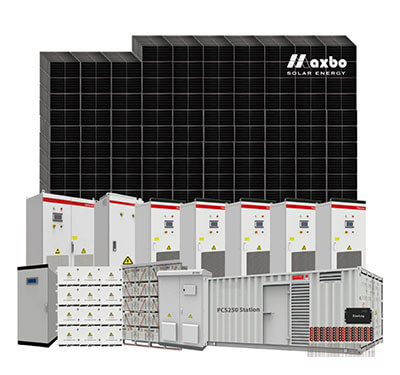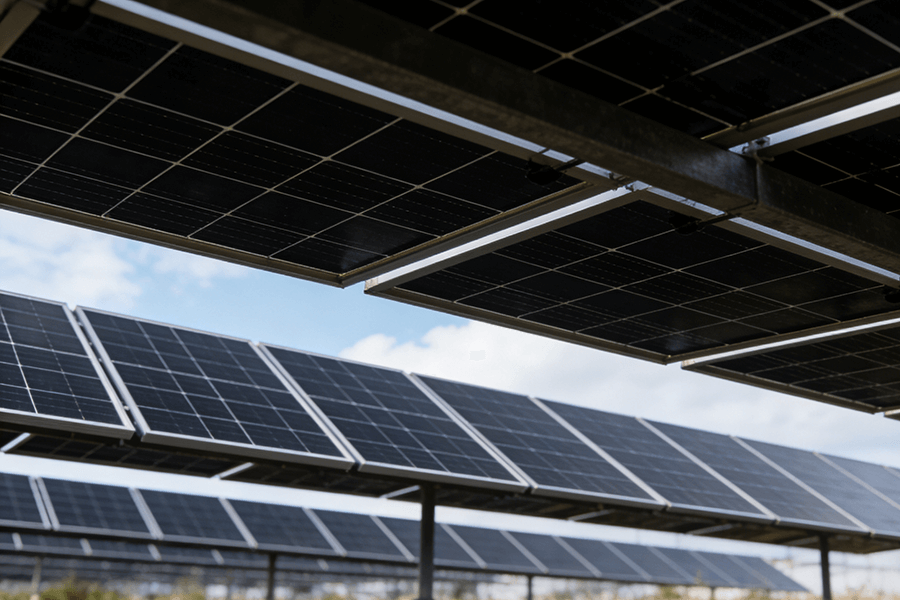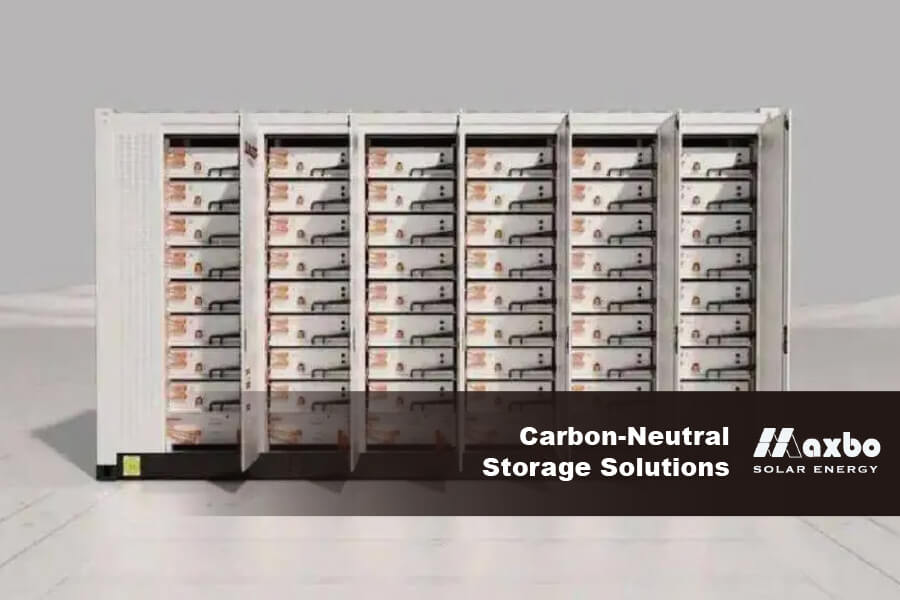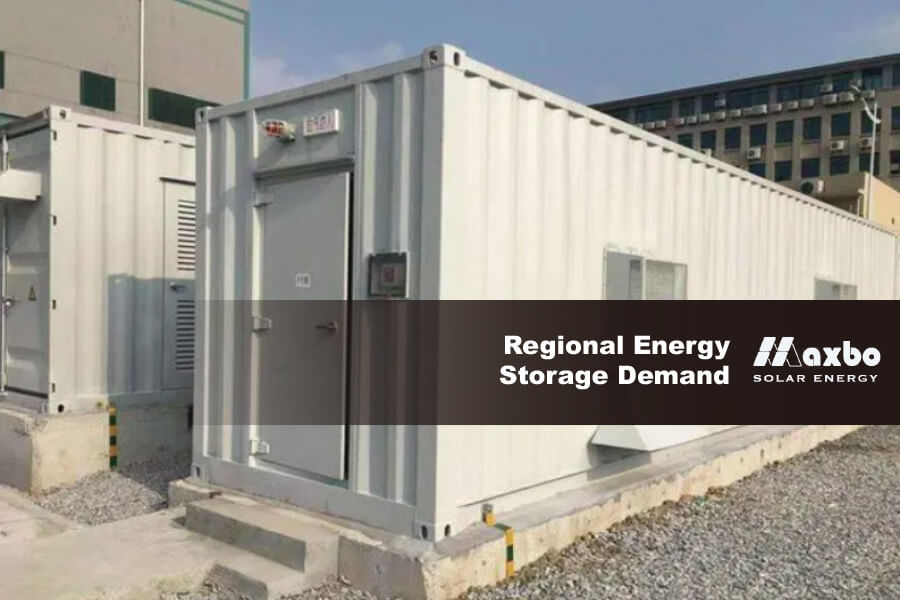Transitioning to solar energy is a powerful step towards sustainability and energy independence. However, understanding how to finance a solar PV power plant can be a critical factor in making that switch. At Maxbo, we are committed to helping businesses finance solar projects in the most cost-effective way. This guide will explore ten different options to finance your solar PV power plant, ensuring that you find the solution that best fits your business’s needs. how to finance a solar PV power plant
Table of Contents
ToggleWhy Understanding How to Finance a Solar PV Power Plant is Essential
Knowing how to finance a solar PV power plant can make all the difference between a smooth transition to renewable energy and dealing with financial roadblocks. A well-planned financing strategy minimizes upfront costs and allows you to reap the long-term benefits of solar energy.
Benefits of Understanding How to Finance a Solar PV Power Plant:
- Lower Initial Investment: Financing spreads the cost of the system, making solar projects more accessible.
- Reduced Risk: Many financing options reduce the financial risk by offering fixed payment terms and guaranteed returns.
- Incentives and Rebates: A sound financing strategy ensures that your business maximizes government incentives and tax benefits(Avana Capital) .
1. Power Purchase Agreements (PPAs)
A Power Purchase Agreement (PPA) is one of the most popular ways to finance a solar PV power plant. In a PPA, a solar developer installs, owns, and operates the solar PV system on your property. You agree to purchase the electricity generated at a predetermined rate for a set period, typically between 10 to 25 years. This is a great way to finance your solar PV power plant without upfront costs(Avana Capital) .
- Advantages: Zero upfront costs, lower energy bills, and guaranteed maintenance.
- Disadvantages: You don’t own the system and may miss out on certain tax credits.
2. Solar Loans
For businesses that want to own the solar system outright, solar loans are a great way to finance a solar PV power plant. Solar loans allow you to borrow money to pay for the installation and repay it over time. This option ensures that you keep ownership of the system and can benefit from tax incentives(Avana Capital) .
- Advantages: Ownership of the system and access to government incentives.
- Disadvantages: You will need to manage maintenance, and the loan adds debt to your balance sheet.
3. Operating Leases
An operating lease allows businesses to finance a solar PV power plant by leasing the system from a third party. With this model, the leasing company owns the system, and you make monthly payments to use the solar energy produced. This is an attractive option for businesses that want to benefit from solar energy without owning the system upfront(
).
- Advantages: Lower monthly payments and no upfront costs.
- Disadvantages: You do not own the system and may need to renegotiate at the end of the lease.
4. Property Assessed Clean Energy (PACE) Financing
PACE financing is a relatively new way to finance a solar PV power plant. PACE allows businesses to finance renewable energy projects through property taxes. This method offers long-term repayment terms, making it highly attractive to businesses looking for low-interest loans(
) .
- Advantages: Long repayment periods and low-interest rates.
- Disadvantages: Available only in regions with PACE legislation.
5. Capital Leases
Another effective way to finance a solar PV power plant is through a capital lease. Unlike an operating lease, a capital lease allows your business to assume ownership of the solar PV system once the lease term ends. Monthly payments tend to be higher, but you benefit from tax incentives and depreciation
- Advantages: Ownership of the system at the end of the lease term and access to tax credits.
- Disadvantages: Higher monthly payments and potential upfront costs.
6. Government Grants and Incentives
In Europe, government grants and incentives are essential components when learning how to finance a solar PV power plant. Governments offer various rebates, tax credits, and grants to reduce the overall cost of solar installations. These programs are designed to encourage businesses to adopt renewable energy technologies
Common Incentives Include:
- Feed-in Tariffs (FiTs): These allow businesses to sell excess solar energy to the grid at a premium rate.
- Tax Credits: Many countries offer tax deductions or credits for businesses that invest in solar energy(Avana Capital).
7. Equity Financing
For large-scale projects, equity financing may be the best way to finance a solar PV power plant. This method involves partnering with investors who provide the capital in exchange for partial ownership or a share of the system’s profits. This approach is common for utility-scale solar projects(Avana Capital) .
- Advantages: Reduces financial burden by involving investors.
- Disadvantages: You may lose some control over the project.
8. On-Bill Financing
On-bill financing allows businesses to repay the cost of their solar installation through their utility bills. This financing model is especially useful for businesses that want to spread the costs of solar over time while benefiting from lower energy bills immediately(Avana Capital).
- Advantages: Payments are spread over time and easily integrated into your utility bills.
- Disadvantages: Interest rates may be higher than other financing methods.
9. Crowdfunding
For smaller-scale solar PV projects, businesses can explore crowdfunding as a way to finance a solar PV power plant. By raising small amounts of money from a large number of people, crowdfunding platforms allow businesses to fund their solar installations without relying on traditional lenders(Avana Capital).
- Advantages: Creative funding method with minimal strings attached.
- Disadvantages: Requires a compelling project to attract interest.
10. Maxbo’s Comprehensive Financing Solutions
At Maxbo, we understand that knowing how to finance a solar PV power plant is key to ensuring your project’s success. We offer a wide range of financing options tailored to meet the specific needs of your business. From solar loans to PPAs and government incentives, we ensure that you get the best return on your investment with minimal financial risk(Avana Capital) .
Why Choose Maxbo?
- Tailored Financing Solutions: We provide expert advice to help you select the right financing model.
- Expert Navigation of Incentives: Maxbo assists businesses in securing tax credits, rebates, and grants to lower project costs.
- End-to-End Solar Solutions: From financing to installation and maintenance, we handle every aspect of the solar PV process(Avana Capital) .
Conclusion: How to Finance a Solar PV Power Plant with Maxbo
If you’re wondering how to finance a solar PV power plant, the key is to explore all available options and choose the one that best fits your financial situation. Whether it’s a PPA, solar loan, or operating lease, financing makes solar energy accessible for businesses of all sizes. At Maxbo, we offer comprehensive financing solutions designed to maximize savings and ensure long-term success. Visit Maxbo-Solar today to explore how we can help you finance your solar PV project.
how to finance a solar PV power plant
how to finance a solar PV power plant
Related Solutions
Related Blogs
European Logistics Park BESS Container: Powering E-Mobility, Slashing Bills & Keeping Operations On Track
行政2025-12-08T17:00:20+08:00December 8th, 2025|Categories: Design, News|
SiC-Powered BESS Container Europe: Turbocharging Grid Resilience After the 2025 Spain-Portugal Blackout
行政2025-12-08T16:59:15+08:00December 8th, 2025|Categories: Design, News|
Let’s Make Things Happen
Add notice about your Privacy Policy here.
Let’s Make Things Happen
”The Maxbo team of sales consultants will continue to enrich our own expertise and experience to empower the development of sustainable energy with rigor.“
Maxbo CEO
You will need to provide: 1. the amount of electricity used. 2. the type and power of the load. 3. the electricity consumption habits (daytime/nighttime consumption). 4. the need to store electricity. 5. the need to feed electricity to the mains. 6. drawings or address of the installation site. 7. other special requirements
We can provide you with a quotation, a specification for all products, a circuit connection diagram and a diagram of the installation and placement of the PV panels. Any other requirements and adjustments needed can be discussed with our team.
We can meet the needs of most scenarios, whether your application is for domestic, commercial and industrial use, in remote areas, or for grid-level energy storage, we have experienced colleagues to design and deliver the right solution.
Add notice about your Privacy Policy here.
How much solar power do I need?
Most homes need 5–12kW, depending on your energy use and location.
Off-grid vs. grid-tied — what’s the difference?
Off-grid works without the utility grid; grid-tied lets you sell extra power back.
Do I need permits?
Usually yes — check local rules or ask us for guidance.
How long does a battery last?
Depends on size and load. A 5kWh battery can power a fridge for about 40 hours.
Can I upgrade my system later?
Yes, our systems are modular and easy to expand.
Does Maxbo offer installation?
We ship globally and connect customers with trusted local installers.
